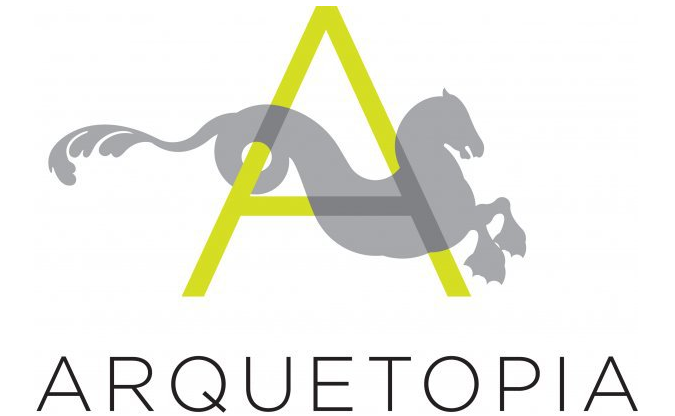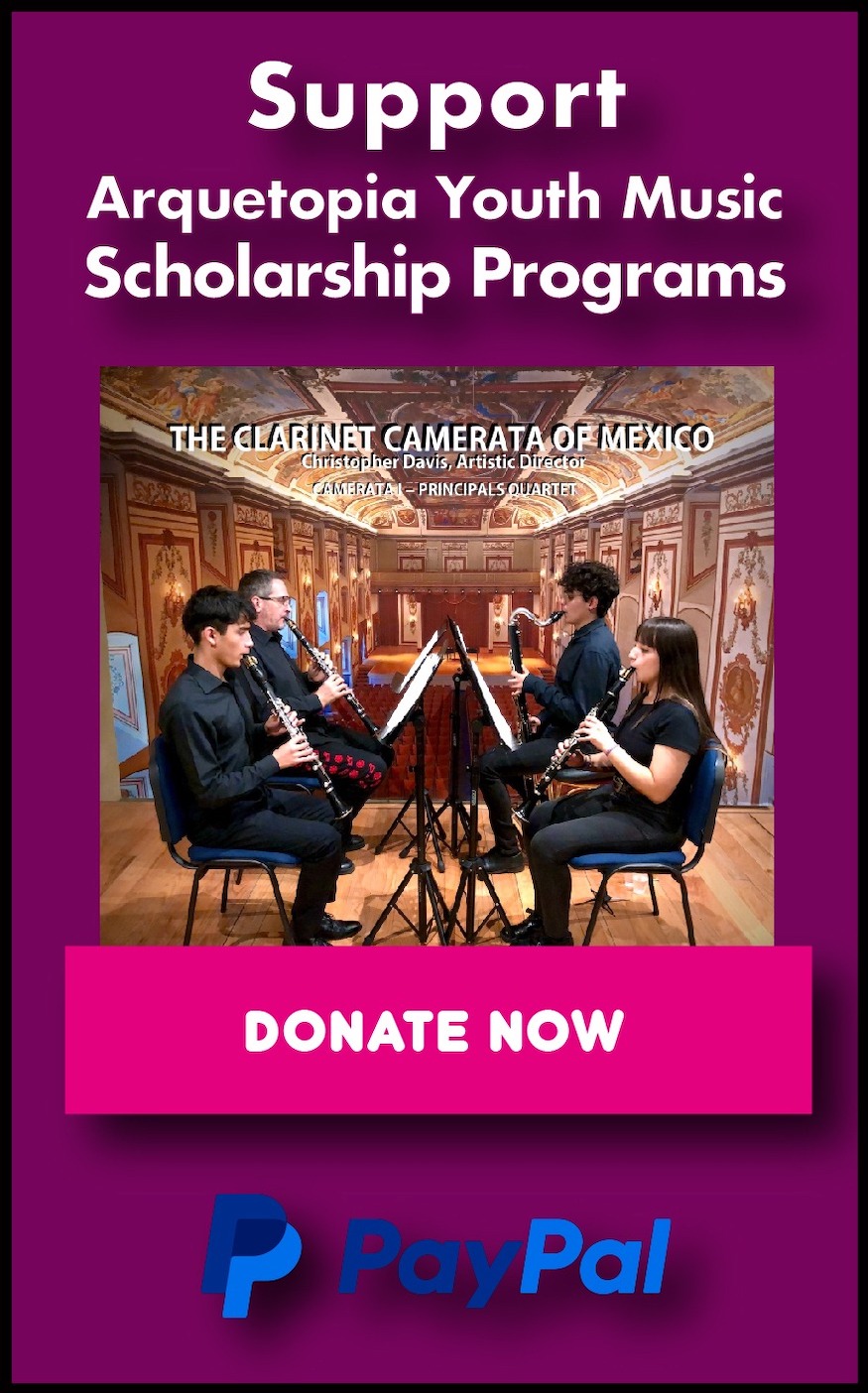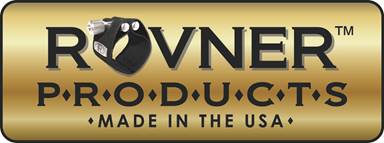The Medium of Color:
Organic Painting Instructional Program
Arquetopia Location: Puebla, Mexico

This comprehensive, customized instructional residency program offers competitive professional opportunities for emerging and mid-career artists, both national and international, aged 20 and over.
Thirty centuries of intricate history, shaped by the encounters and fusion of diverse cultures, make Mexican art truly unique. Rooted in the exceptional and prolific pre-Columbian artistic tradition, which flourished through rich and diverse styles in art and architecture across Mesoamerica, Mexico continued to produce centuries of complex and groundbreaking art that would challenge and redefine every established notion of artistic expression. Among the notable techniques developed by Mesoamerican cultures were fresco painting techniques, as seen in the vibrant murals of the Casa del Dean in Puebla, which showcase the sophistication of color application and intricate design. These murals exemplify the indigenous mastery of pigment use, particularly through the application of cochineal and other natural colorants, revealing an enduring tradition of color as a cultural and symbolic medium. Color in the Americas is not simply a visual element; it is a knowledge that has been produced and refined over many centuries, shaped by the interaction of indigenous practices and the impact of European colonization. This long history of color as a form of knowledge continues to influence contemporary artistic practices, highlighting the deep connections between cultural identity, material culture, and artistic expression.
From the initial encounters between the peoples of the Americas and European conquerors, objects were exchanged and treasures looted. As Alessandra Russo writes, the fascination with the "other" was merely a prelude to the collision of the European Renaissance with the great knowledges of Pre-Hispanic America. This monumental event not only led to the creation of new objects and images but also fundamentally altered the course of dominant art. Mexico's rich artistic heritage stems from a wide array of artistic traditions, shaped not only by the interactions between Mesoamerican cultures and Europeans but also by exchanges with other regions of the world. Art and cultural objects played a central role in the trade routes stretching from the East Indies (Asia) to Spain, from Peru and Cartagena (Colombia) to the Caribbean, and even as far as the North Sea islands. This interconnected web of trade and exchange positioned New Spain (Mexico) at the heart of the first global network, influencing and enriching its artistic and cultural legacy.
In the context of Novohispanic art, local organic materials played a pivotal role in the development of distinctive techniques used to create frescoes and tempera on wood, particularly during the Baroque period. Artists in New Spain harnessed the natural resources available to them, blending indigenous knowledge with European practices. In Baroque fresco painting, the use of lime-based plasters and natural pigments derived from plants, minerals, and insects—such as cochineal for red hues and indigo for blue—was common. These materials not only contributed to the vibrancy and durability of the artwork but also reflected the deep connection to the local environment. The Baroque style's emphasis on dramatic detail, rich color, and ornate design was made possible through these organic pigments, which allowed for intricate shading and bold contrasts. Meanwhile, in both oil and tempera painting techniques, artists in New Spain mastered the use of egg yolk as a binder in tempera and oil as a medium for vibrant, rich colors. These techniques were instrumental in producing Baroque masterpieces that showcased the intricate details and dramatic contrasts characteristic of the period. The oil-based method allowed for layering and blending of pigments, creating depth and luminosity, while tempera on wood, with its matte finish, was ideal for capturing the detailed, emotive imagery so central to Baroque art. The combination of indigenous natural pigments and European painting techniques helped to shape a unique visual language in New Spain, merging the rich cultural heritage of the Americas with the ornate, dynamic demands of the Baroque style. This fusion not only reflected the cultural and environmental landscape of colonial Mexico but also pushed the boundaries of artistic expression during the Baroque period.
1. The Connectivity of Concepts
The Organic Painting Instructional Program intertwines the history, material culture, and artistic practice of natural colorants with colonial painting techniques, fostering a deeper understanding of how color technologies are embedded in broader social, political, and historical contexts. Through academic visits and direct engagement with the local context, participants connect the tactile experience of working with organic pigments to larger conceptual frameworks. This approach encourages an exploration of the histories of resistance, adaptation, and identity negotiation, recognizing how natural pigments, such as cochineal and indigo, have been central to cultural narratives and artistic expression throughout history, while continuing to inspire contemporary practices in organic painting.
2. The Practice of Unlearning
This program challenges participants to dismantle preconceived notions about color theory, craftsmanship, and authorship by critically examining the colonial legacies embedded in the use of natural colorants and painting techniques. Participants explore how materials like cochineal and indigo have been appropriated and redefined over time, encouraging a process of unlearning that questions dominant narratives. This reflection reorients their practice toward a more conscious relationship with organic pigments, painting techniques, and cultural heritage, allowing them to reclaim and revitalize traditional methods through contemporary perspectives.
3. The Rhythm of Creating
In this program, rhythm becomes a space where participants explore the connection between color theory, natural pigments, and historical painting techniques. Through hands-on exploration of organic materials and painting methods, participants engage in a dynamic process where research, intuition, and materiality converge. This approach encourages a continual dialogue between making, questioning, and discovering, transforming artistic practice into an active site of inquiry. Here, intuition guides participants to rethink historical narratives, deepen their understanding of color materials, and forge new connections between traditional practices and contemporary artistic expression.
4. The Ethics of Movement
In Nicholas Mirzoeff’s concept of "white sight," he examines how vision and representation are shaped by dominant, colonial frameworks that dictate who is seen, how they are seen, and whose histories are told. This idea is woven into the Organic Painting Program, where color and paint become active forces, traveling across borders and histories, shaped by trade, migration, and cultural exchange. Participants are invited to consider the ethics of movement—acknowledging the responsibility that comes with engaging deeply with colorants and painting techniques that carry historical significance. Through the act of creating paintings, the transmission of knowledge, and the exploration of cultural patterns and techniques, participants reflect on how their practice navigates issues of difference, reciprocity, and responsibility. Like the gaze shaped by colonial structures, the encounter with the viewer becomes an ethical opportunity, prompting conversations that challenge established narratives and open spaces for new dialogues. In this way, the movement of materials, ideas, and knowledge becomes a space of ethical engagement, where artistic practice and historical awareness continuously interact and evolve.
Artist-in-Residence Tiana Mincey (USA)
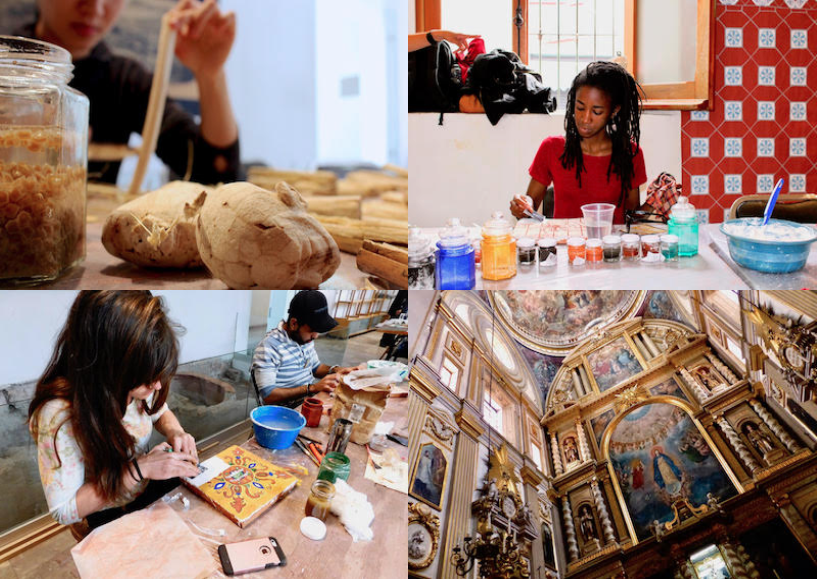

Artist-in-Residence Anika Cartterfield (USA) with Master Instructor
The Organic Painting Instructional Program acknowledges Mexico’s rich artistic heritage, expressed through a wide variety of techniques and iconography, and offers a nuanced perspective to connect this tradition with contemporary art practices. This 3-week mentored production program includes 27 hours of master instruction by Arquetopia’s studio maestro, who teaches diverse techniques and mediums traditionally used in colonial frescoes and Baroque art. Instruction focuses on learning and experimentation with traditional organic primers (cactus and lime, rabbit glue, gelatin), stuccos, organic-based temperas, frescoes, and related art techniques. Instruction is in Spanish, though participants need not speak Spanish to successfully complete the course. Individual mentoring is provided by our directorial and curatorial staff for personalized research assistance, project guidance, and critique. Participants also work independently in our spaces.
2X Artist-in-Residence and Arquetopia Synergy Award Recipient, Marina Yerali (Cyprus)
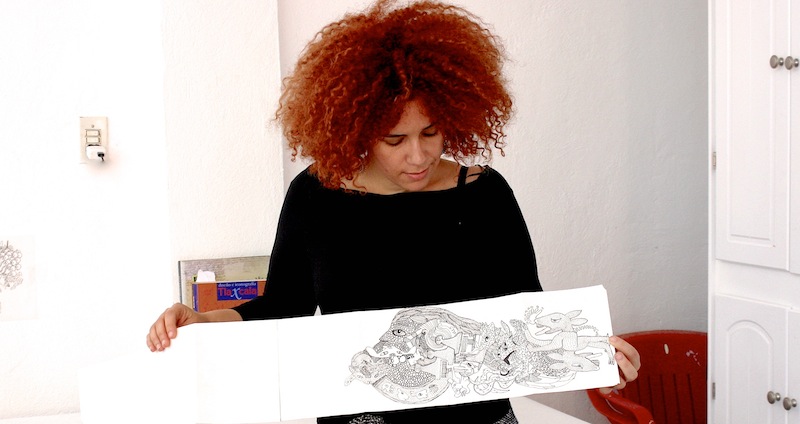
PROGRAM DURATION / TIME PERIOD
Sessions are 3 weeks, with option to extend for 1-2 more weeks of continued production as a standard Art, Design or Photography Program. Dates are not predetermined but are nominated by the applying artist.
WHAT THIS COMPREHENSIVE INSTRUCTIONAL PROGRAM INCLUDES
Sessions are 3 weeks, with option to extend for 1-2 more weeks of continued production as a standard Art, Design or Photography Program. Dates are not predetermined but are nominated by the applying artist.
WHAT THIS COMPREHENSIVE INSTRUCTIONAL PROGRAM INCLUDES
Technique Instruction:
- 27 hours master instruction, at 9 hours per week
- A weekly meeting with our directorial and curatorial staff for personalized mentoring, research assistance, project guidance, and critique
- Furnished, private bedroom
- 24-hour access to the kitchen for participants to prepare their own meals; meals/food are the participant’s responsibility
- Wireless Internet
- Use of Arquetopia’s common spaces including outdoor terraces
- Shared, serviced (single) bathrooms with modern fixtures and showers
- Housekeeping
- 24-hour access to large and bright, shared art studio with generous natural light
- Personal workspace with a large table and wall space
- Some tools provided
- Materials and supplies for the instructional course provided
- Materials and supplies for extended project production are not included but are available for purchase locally
PROGRAM TUITION INFO & APPLICATION DEADLINES
E-mail This email address is being protected from spambots. You need JavaScript enabled to view it. for tuition info and application deadlines for this program.
TO APPLY
Click here to apply for this instructional program.
Click here to apply for this instructional program.
